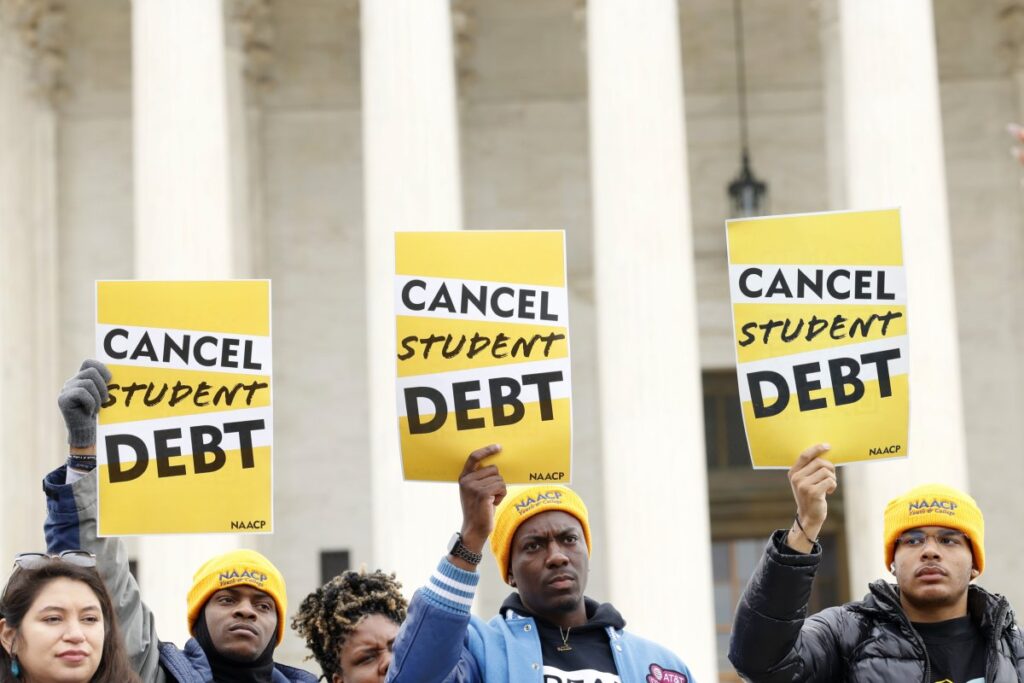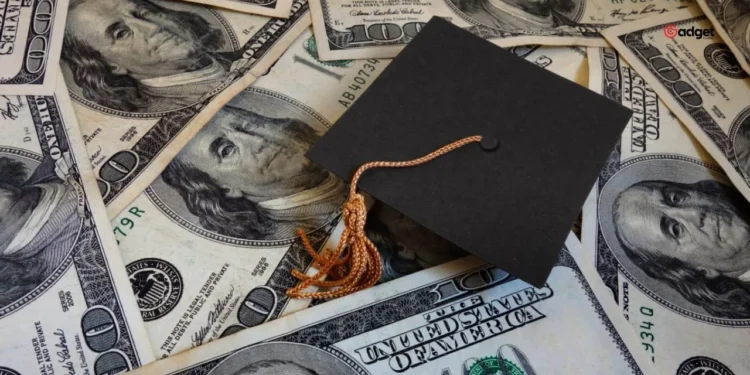The dream of a relaxed retirement is becoming increasingly elusive for millions of Americans caught in the snare of student loan debt. A recent report from the Schwartz Center for Economic Policy Analysis highlights a worrying trend: over a million Americans aged 55 to 64 are still burdened with debts from their college years.
This scenario is particularly grim for lower-income individuals who, compared to their wealthier counterparts, find themselves disproportionately struggling to pay off their higher education loans.

Alarming Statistics and Economic Impacts on Student Loan
The Education Data Initiative reveals a daunting picture with more than 43 million Americans grappling with outstanding student loans, and an average federal credit repayment balance of $37,088 as of March 2024. Notably, student loans rank as the third largest category of debt in the U.S., trailing only behind mortgages and vehicle mortgages, according to healthcare technology firm Abbott.
Further analysis by the Schwartz Center, using data from the Federal Reserve Board’s 2022 Survey of Consumer Finance, shows that just 3.7 percent of those over 55 with student debt are among the top earners. In stark contrast, over 96 percent of older debtors earn less than $192,000, with half earning below $54,600.
This economic disparity underscores the significant challenges faced by many older Americans, who on average anticipate needing nearly 11 more years to clear their debt, while those 65 and older expect to take about 3.5 years.
The Policy Perspective: Calls for Reform
The Biden Administration has introduced several measures to alleviate the burden of student debt, most notably through the Saving on a Valuable Education (SAVE) plan which aims to reduce and cancel student loans for millions.
The report also supports the push by 30 Congress members to end the garnishing of Social Security for federal student loan repayments—a practice that significantly impacts the financial stability of retirees.
Karthik Manickam, author of the study, argues, “Student loans are portrayed as an investment that helps equalize access to opportunity and financial mobility by enabling students without wealthy parents or other finances to afford college.”
He emphasizes that reforms like the SAVE plan are crucial not only for protecting retirees but also for enhancing their economic security and enabling a feasible retirement.

A Broader Look at the Economic Effects
The ramifications of student loan debt extend beyond individual debtors, affecting broader economic patterns. A study by the Employee Benefit Research Institute and JP Morgan Asset Management indicates that individuals with student loans save significantly less for retirement than those without. This gap in savings rates—particularly evident among those earning less than $55,000—highlights the long-term financial impact of educational debts.
Looking Forward: A Call for Action
As student credit debt continues to be a major hurdle for many Americans, especially older adults nearing retirement, there is a clear need for continued and enhanced policy interventions. Protecting retirement savings from being eroded by educational debts is not just about economic policy but ensuring a dignified retirement for millions.
The ongoing debate around student loan forgiveness and financial reforms remains a critical issue on the national stage, advocating for a balance between managing educational investments and safeguarding financial futures.

For more in-depth analysis and updates on student loan forgiveness, consider reading further resources and staying informed about policy changes that could affect your financial planning and future security.










